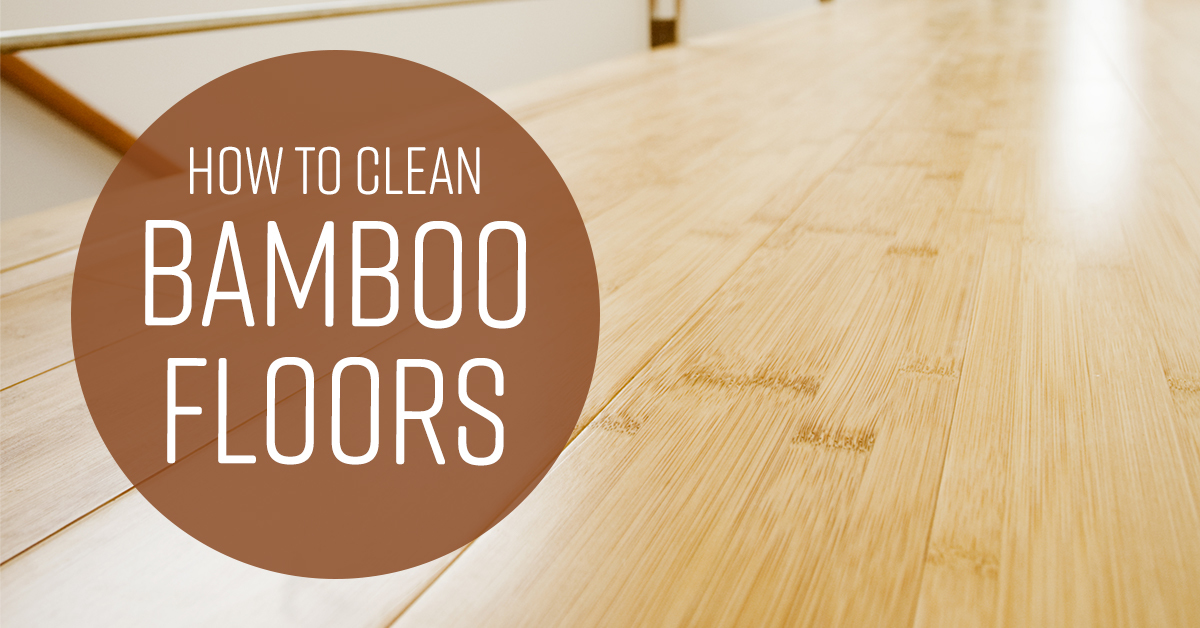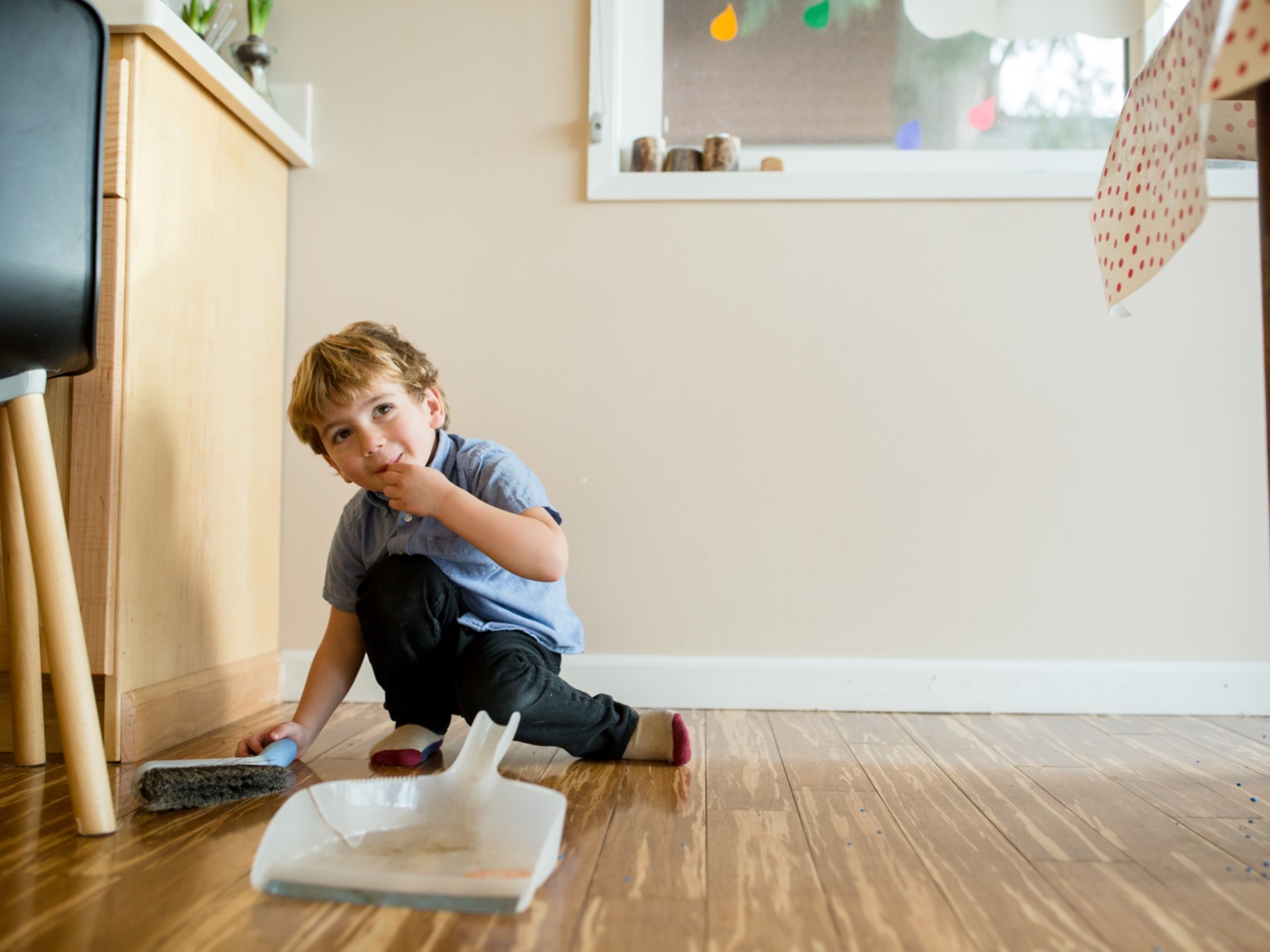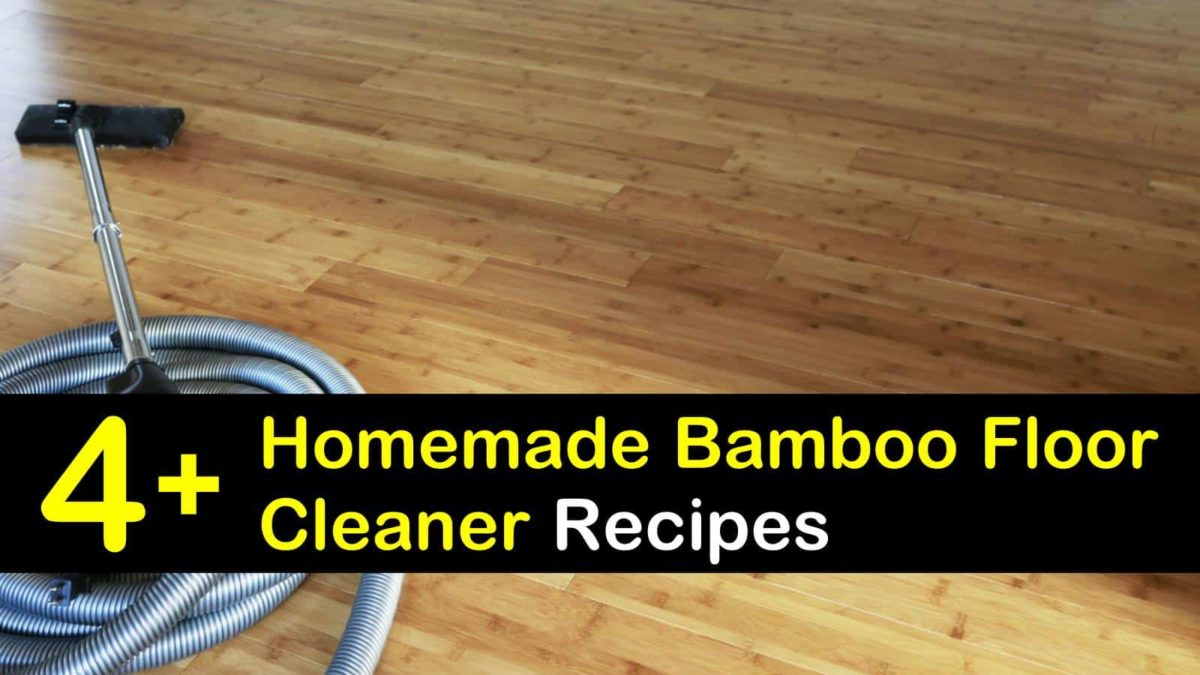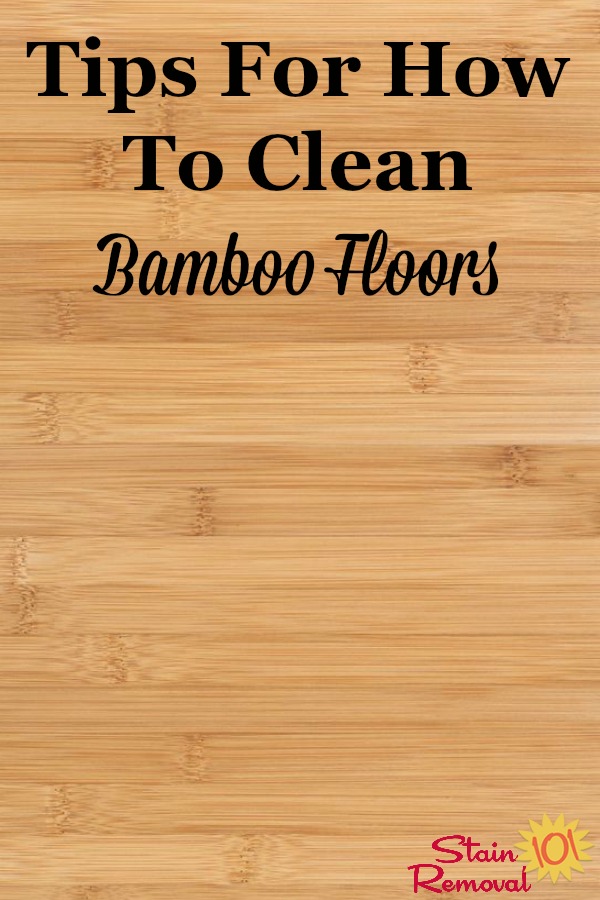Preparing for Cleaning: Gathering the Right Tools and Supplies
When I start preparing to clean bamboo hardwood floors, I find that gathering the right tools and supplies makes all the difference in keeping my floors looking beautiful without damaging them. Bamboo is a highly durable flooring material, but it has unique characteristics that require special care to maintain its longevity and natural shine. Having the correct supplies on hand allows me to clean more efficiently, and it also reduces the risk of using products that might harm the bamboo’s surface. Here’s what I prioritize for my bamboo floor cleaning arsenal.
- Start with a High-Quality Broom and Dustpan
The first essential in my cleaning toolkit is a soft-bristle broom, ideal for sweeping up daily dirt and debris. Bamboo floors scratch more easily than hardwood, so I choose a broom with softer bristles that won’t scuff the surface. Dusting the floors regularly with this gentle approach prevents buildup, which, if left too long, can become harder to clean. A good dustpan with a rubber edge ensures I gather every last bit of dust and debris efficiently. - Choose a Microfiber Mop for Gentle Cleaning
A microfiber mop is a go-to tool for maintaining bamboo floors because it’s both effective and gentle. Microfiber picks up fine particles that brooms often miss, and it’s less likely to leave scratches or streaks. I like to keep a few extra microfiber pads on hand; that way, I can swap them out for a clean one as I go, especially in high-traffic areas. A dry mop is perfect for daily dusting, while a slightly damp microfiber mop works well for deeper weekly cleans. - Opt for a Vacuum with a Hard Floor Attachment
While a vacuum is convenient for quick clean-ups, not all vacuums are suitable for bamboo floors. I use one with a hard floor attachment designed to avoid scratching. I prefer a model that allows me to turn off the beater bar, as it can damage the bamboo’s surface. A soft-brush attachment is especially useful for reaching crevices or tight spots around furniture where dust might gather. - Select a Bamboo-Friendly Floor Cleaner
One thing I never skip is choosing a gentle, bamboo-friendly floor cleaner. Not all hardwood cleaners are safe for bamboo, and harsh chemicals can strip away the protective finish. I prefer a pH-neutral cleaner that’s specifically labeled as safe for bamboo. Using only a small amount on a damp microfiber pad is usually enough, as bamboo does best with minimal moisture. I’ve learned that less is more when it comes to cleaning solutions. - Have Soft Cloths for Spot Cleaning
For those moments when there’s a small spill or a sticky spot, I like to keep a few soft clothes within reach. A lightly dampened cloth can handle minor spills, while a dry one helps buff out streaks or water spots. These cloths are also handy for drying up any excess moisture after mopping, especially in humid areas where drying time is longer. - Avoid Harsh Tools and Products
Lastly, I avoid abrasive tools like scrub brushes or steel wool, as these can scratch and wear down the bamboo’s surface over time. I’ve found that as long as I have the essentials, I can keep my floors looking great without needing harsh tools. I also steer clear of wax-based cleaners, as they can build up a residue that dulls the floor’s finish, making it look older than it is.
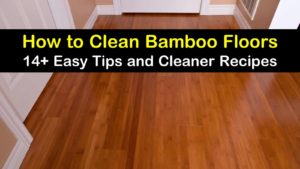
Daily Maintenance: Simple Tips for Keeping Bamboo Floors Dust-Free
Maintaining the beauty of bamboo floors means incorporating daily habits that prevent dust and dirt from accumulating. I’ve found that keeping up with a light daily cleaning routine goes a long way in preserving my floors’ natural luster and reducing the need for heavy cleaning. With a few simple tips, I can make sure my bamboo floors remain dust-free and gorgeous.
Start with a Quick Sweep or Dry Mop
A quick daily sweep with a soft-bristle broom or a dry microfiber mop keeps dust from settling on the surface. This small effort makes a big difference by preventing dirt and debris from becoming embedded in the floor. Bamboo floors are sensitive to scratches, so using gentle tools that won’t damage the surface is essential.
Use Entryway Mats to Catch Dirt
Strategically placing mats at entrances minimizes the amount of dirt that gets tracked inside. I keep mats both outside and inside each entrance to create a double barrier against outdoor debris. Choosing mats that are easy to clean makes it simple to shake them out regularly, keeping them effective at trapping dirt.
Establish a ‘Shoes Off’ Policy
Encouraging a “no shoes inside” rule helps reduce the amount of dirt, dust, and small stones that get tracked onto my floors. Bamboo is tough, but it can still be scratched by small debris carried in by shoes. This habit makes a noticeable difference in how much cleaning my floors need, and it’s also beneficial for the overall cleanliness of my home.
Invest in a Good Quality Dust Mop
A lightweight dust mop with a microfiber pad is ideal for daily maintenance. I can quickly run it over the floor, picking up fine particles that a broom might miss. Dust mops with detachable pads are also easy to wash, making them a sustainable choice. Using this every day or every other day keeps my bamboo floors spotless.
Wipe Up Spills Immediately
Any time there’s a spill, I make sure to wipe it up right away with a soft cloth. Bamboo is more resistant to moisture than other woods, but prolonged exposure to liquids can still cause warping or discoloration. A quick wipe-up prevents moisture damage and avoids sticky spots that would require a more thorough cleaning later.
Avoid Using Too Much Water
When spot-cleaning, I avoid using excess water. Even though bamboo is relatively moisture-resistant, too much water can still lead to problems over time. A lightly damp microfiber cloth is perfect for tackling any small smudges without oversaturating the floor. This daily habit ensures my bamboo floors stay pristine and well-maintained.
Weekly Cleaning Routine: Methods for a Deeper Clean
Once a week, I like to do a more thorough cleaning of my bamboo floors. This weekly routine helps me get rid of the dust and grime that daily maintenance might miss, keeping my floors looking polished and fresh. It’s a simple process that doesn’t take long but makes a significant difference in preserving the quality and appearance of my bamboo floors.
Start with a Careful Sweep or Vacuum
I begin by sweeping or vacuuming the floors to remove surface dirt and debris. When vacuuming, I use a hard floor attachment to avoid scratches, and I make sure to turn off the beater bar. This step helps ensure that the floor is ready for a deeper clean without any grit that might scratch the bamboo.
Follow Up with a Damp Mop
After removing loose dirt, I use a microfiber mop slightly dampened with a bamboo-friendly cleaner. Bamboo floors don’t respond well to soaking, so I make sure the mop is only slightly damp. A gentle cleaning solution helps lift any remaining dirt without damaging the floor’s finish, and it leaves the bamboo looking refreshed.
Target High-Traffic Areas
In areas that see more foot traffic, like the kitchen or entryways, I give extra attention during my weekly cleaning. I may go over these spots twice with the damp mop or use a slightly stronger concentration of cleaner (while still avoiding harsh chemicals). This helps prevent the buildup that can dull the floor over time.
Buff the Floors with a Soft Cloth
Once I’ve mopped, I like to go over the floors with a soft, dry cloth to buff out any streaks and absorb any remaining moisture. This extra step gives the bamboo a beautiful shine and ensures that the floor dries evenly, preventing water spots or streaking.
Check for Any Needed Spot Treatments
During my weekly clean, I check for any stubborn spots that may need extra attention. Using a slightly damp cloth and a drop of bamboo-safe cleaner, I can spot-treat areas with tougher dirt or smudges, especially around doorways or under furniture.
Allow Proper Ventilation
Lastly, I make sure there’s plenty of airflow in the room after cleaning to help the floor dry quickly. Opening windows or turning on a fan helps speed up the drying process, preventing any lingering moisture from soaking into the bamboo. This habit helps keep the bamboo safe from moisture damage.
Dealing with Stains and Spills on Bamboo Hardwood Floors
No matter how careful I am, spills and stains are inevitable, especially in high-traffic areas. Knowing how to handle them properly can prevent long-term damage and keep my bamboo floors looking spotless. When dealing with stains and spills, my main focus is on quick action and using the right techniques to lift the stain without harming the bamboo’s finish.
Act Quickly to Blot Up Liquids
The first step in dealing with any spill is to act fast. I grab a clean, absorbent cloth and blot the liquid rather than wiping, which can spread the spill. Blotting allows me to lift the moisture without pushing it further into the bamboo. This simple habit helps me avoid water spots and prevents liquids from seeping into the wood.
Use Mild Cleaners for Stubborn Stains
For tougher stains, I apply a small amount of a pH-neutral cleaner specifically designed for bamboo. I use a damp microfiber cloth, gently rubbing the area in a circular motion to lift the stain. Using gentle pressure ensures that I don’t wear down the bamboo’s finish, while the neutral cleaner removes the stain effectively.
Avoid Harsh Scrubbing Tools
Even though it might be tempting, I steer clear of using abrasive sponges or scrubbing brushes. These tools can scratch and damage bamboo’s finish. Instead, I use a soft cloth, and if the stain is particularly stubborn, I’ll let the cleaner sit for a minute before wiping it up to give it a little more time to work.
Address Oil-Based Stains with Care
If I encounter oil-based stains, I use a little dish soap mixed with warm water, and applied with a damp cloth. Bamboo floors can absorb oil if left too long, so this method is effective for preventing stains without causing discoloration. The mild solution breaks down the oil without leaving a residue on the bamboo.
Dry the Area Completely
After dealing with any stain or spill, I make sure to dry the area thoroughly. Bamboo floors are resilient, but prolonged exposure to moisture can lead to warping. Using a dry cloth to absorb any leftover moisture is a simple but crucial step that preserves the floor’s integrity.
Keep a Bamboo Floor Cleaner on Hand
To be prepared for future spills, I keep a bamboo-specific floor cleaner within reach. This helps me handle any sudden spills quickly, ensuring that I don’t have to scramble for the right product when an accident occurs. It’s a small investment that has saved me a lot of trouble in the long run.
Avoiding Common Mistakes: What Not to Use on Bamboo Flooring
Learning what not to do with bamboo floors is as important as knowing the right cleaning techniques. Some products and methods can harm bamboo’s natural surface, so I take care to avoid these common pitfalls. By steering clear of these mistakes, I keep my floors looking beautiful for years to come.
Avoid Using Water in Excess
Water is bamboo’s enemy in large quantities, as it can seep into the wood and cause swelling or warping. I never use a soaking wet mop on my bamboo floors. Instead, I opt for a damp microfiber mop and make sure the floor dries quickly to avoid damage.
Stay Away from Abrasive Cleaners
I always avoid harsh or abrasive cleaners that could scratch or dull the finish. Products like bleach, ammonia, and even vinegar can be too strong for bamboo, causing it to lose its shine. Choosing pH-neutral, bamboo-safe products is my rule to keep the surface protected.
Skip Steam Mops
While steam mops are great for other types of floors, they’re a no-go for bamboo. The high heat and moisture from a steam mop can cause irreversible damage, so I stick to gentle mopping with minimal water. This approach keeps my floors safe from heat damage and excess moisture.
Avoid Using Wax or Polish
I steer clear of waxes and polishes on bamboo, as they can create a residue that dulls the finish over time. Bamboo floors come with a pre-applied finish, so additional polish isn’t necessary and can lead to buildup. Instead, I rely on regular cleaning to keep them looking shiny.
Don’t Use Furniture with Sharp Legs
Unprotected furniture legs can scratch bamboo floors. I use felt pads on furniture that rests on the floor, which helps to prevent scratches when moving items around. This extra layer of protection is simple but effective for avoiding floor damage.
Refrain from Harsh Brushes or Steel Wool
When dealing with tough stains, I avoid using steel wool or other harsh brushes. These materials can gouge the surface, leaving the bamboo floor damaged and uneven. Soft cloths and microfiber pads are enough for most cleaning needs, and they’re gentle on the bamboo finish.
Long-Term Care: How to Preserve the Beauty and Durability of Bamboo Floors
Bamboo floors are an investment, and keeping them looking beautiful requires consistent, mindful care. Over time, I’ve found that a long-term care routine is key to preserving both the appearance and durability of bamboo. Through regular maintenance and a few protective measures, I ensure my floors remain as vibrant as the day they were installed. Here’s what I do to extend the life of my bamboo floors and keep them looking their best for years to come.
Set Up Protective Measures
Prevention is one of the best ways to care for bamboo floors. I use rugs and floor mats in high-traffic areas like entryways and kitchens, where constant foot traffic can lead to scratches and wear. These mats not only protect the surface from daily wear but also add warmth and comfort. Additionally, felt pads on furniture legs help protect the floor from dents and scratches, especially when moving furniture around.
Keep Humidity Levels Stable
Bamboo is sensitive to humidity changes, which can cause it to expand or contract. To combat this, I keep a humidifier or dehumidifier nearby, depending on the season, to maintain a stable indoor environment. Ideally, humidity levels should stay between 40% and 60% to prevent warping or cracking. This small step makes a significant difference in maintaining the floor’s structural integrity over time.
Stick to a Consistent Cleaning Routine
A regular cleaning schedule is essential for bamboo’s long-term beauty. Daily dusting, weekly mopping, and occasional deep cleaning keep dirt from building up and prevent any grime from embedding in the floor. By sticking to this routine, I’m able to avoid heavy, labor-intensive cleaning sessions and keep my floors in consistently good condition.
Refresh the Finish Periodically
Over time, the finish on bamboo floors may begin to wear down. To protect my floors, I have a professional refinishing service to refresh the finish when necessary. This process doesn’t involve sanding, as bamboo can’t withstand aggressive abrasion. Instead, a new coat of finish is applied to restore the floor’s luster and protective layer, giving it a fresh, revitalized look.
Prevent Sunlight Damage with Curtains and Rugs
Bamboo floors can fade if exposed to direct sunlight over long periods, especially in rooms with large windows. I use curtains, blinds, or rugs to shield areas that get a lot of sunlight during the day. This precaution helps reduce fading and keeps the color of the floor consistent throughout the room, maintaining the aesthetic I love.
Maintain a ‘No Shoes’ Rule in High-Impact Areas
A simple but effective rule I follow is asking family and guests to remove shoes in certain areas, especially those that see the most foot traffic. Shoes can carry dirt, small stones, and moisture that may damage the bamboo surface. Having a designated shoe area at the entrance keeps my floors cleaner, reducing both dust and the likelihood of scratches.
How to Clean Bamboo Floors Gently, but Effectively LoveToKnow
Related Posts:
